Features List
- Boots instantly
- No waiting for the OS and network to boot
- Identical Pi interfaces
- GPIO
- 3xSPI (can be GPIO)
- 2xI2C (can be GPIO)
- UART (can be GPIO)
- Raspberry Pi hat form factor (65 mm x 56.5 mm)
- Raspberry Pi 40 pin GPIO connector
- Fully compatible with Pi hats
- 3.3V I/O
- 5V to hat (some of our hats do 5V logic translation)
- Micro USB Serial port
- Pi just has a power port
- 5V powers the card just like the Pi
- Located in the same place for use in cases
- Additional I/O connectors - some of them are fixed at 3.3V but one connector can be 3.3V or 5V
- Invulnerable to Pi software changes
- Programmed in C using PSOC Creator IDE
- Extensive peripheral libraries
- Tons of design examples
- Programmable logic area
- Programmable analog area
 land-boards.com
land-boards.com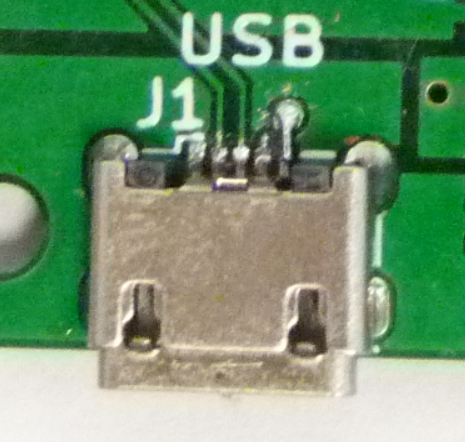
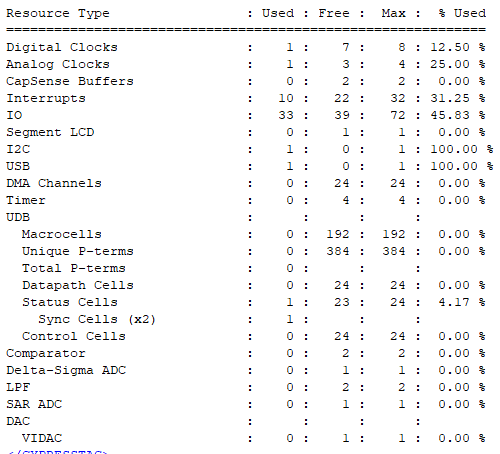

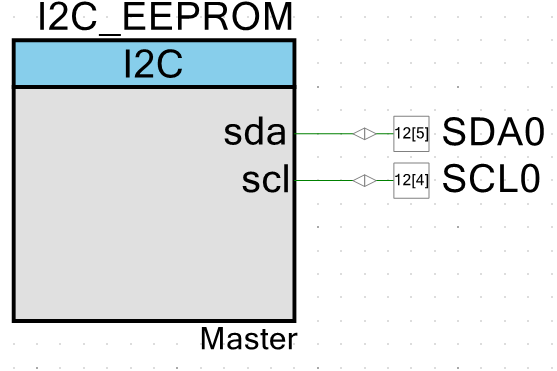
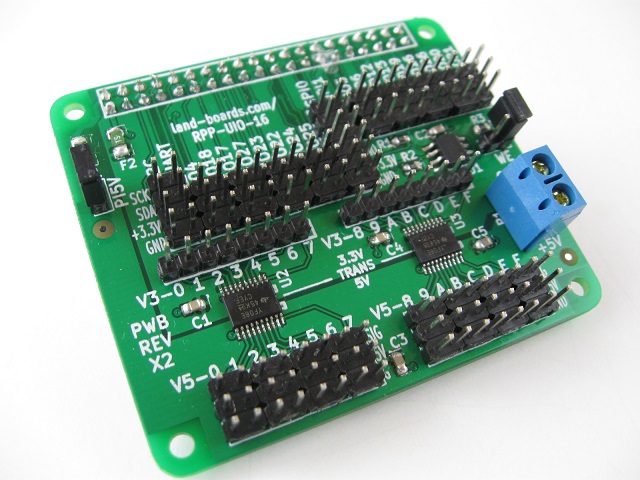
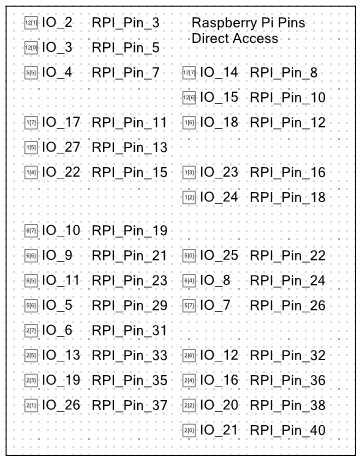


 Muth
Muth
 Signals Everywhere/KR0SIV
Signals Everywhere/KR0SIV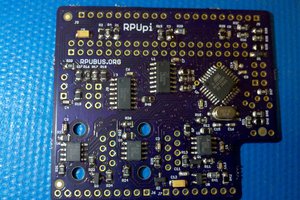
 ronald.sutherland
ronald.sutherland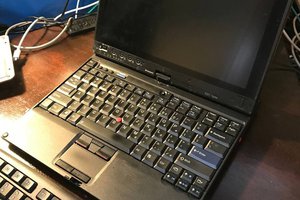
 Timo Birnschein
Timo Birnschein
This is a lot like the Pi replacement board that I did a while ago: https://hackaday.io/project/170251-smallpi. Different MCU though. It has been a useful board.